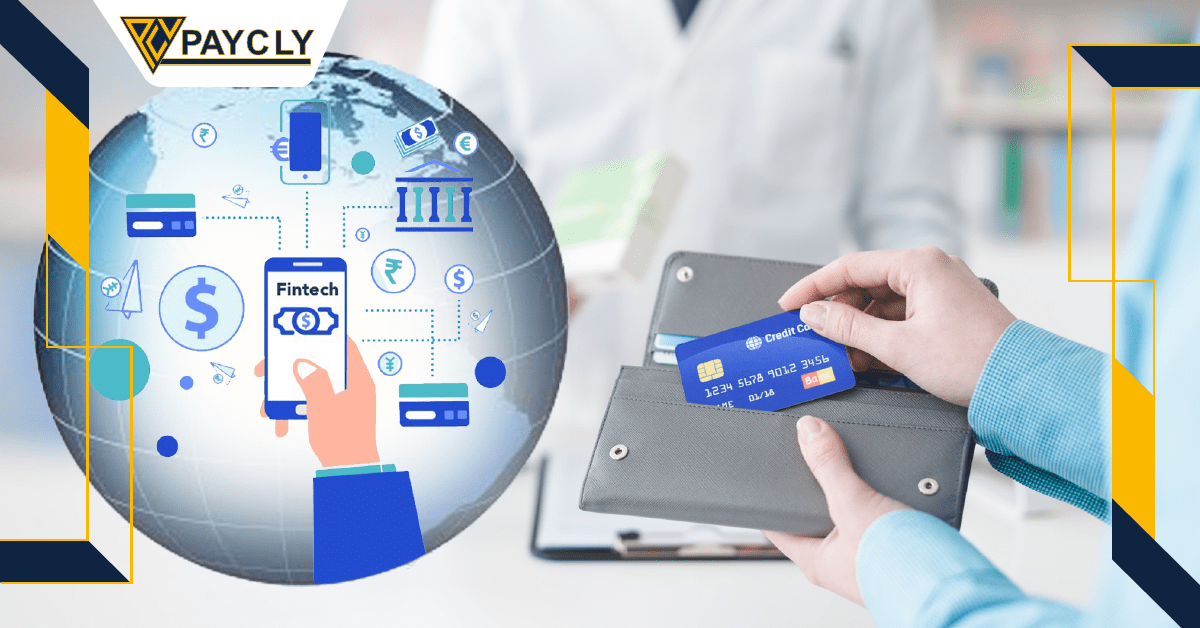International Credit Card Processing helps secure business with cross-border payments. With the increased use of smartphones and the internet, an increasing number of global browsers are converting to digital buyers. According to reports, the estimated global value of B2B, B2C, C2C, and C2B cross-border transactions is US$156 trillion.
With the eCommerce industry on the rise, it would be an exaggeration to say that international payment transfer solutions are here to stay. Even with the pandemic that forced the global payments landscape to be reset, eCommerce purchases have only increased.
The pandemic accelerated the global shift toward digital from India to Italy. People send money overseas around the clock. It's safe to predict that secure cross-border payments will continue to grow.
Countries with low electronic usage, such as Indonesia, Brazil, Bangladesh, Tanzania, and others, have enormous potential for payment growth. On the other hand, countries with the highest levels of internet penetration, such as Denmark, Ireland, and the United Arab Emirates, will maintain their cross-border commerce.
According to another Forrester report, cross-border commerce payments will reach at least 29 countries by the end of 2022, including Latin and North America, Asia Pacific, and Africa.
Before we get too far into this topic, let's define what cross-border payments are.

Secure cross-border payments are financial transactions in which the payee and recipient are located in different countries. These transactions could now take place between banks, financial institutions, or between a customer and an eCommerce merchant. Cross-border transactions include loans, depository receipts, credit cards, eWallet payments, and purchasing or selling goods and services to other countries.
In comparison to prior years, more and more countries are now opening their borders following travel restrictions, resulting in a shift in the payments industry. The years 2020 and 2021 enhance the global digital landscape, particularly digital payment trends. Accelerated open banking made it easy to move funds across borders when travelling was prohibited.

Cross-border transactions have a lot to offer buyers because there is a lot of upside potential in the entire global payment scenario. Let's take a look at some of the advantages of cross-border transactions.
Every economy, including the United States of America and Canada, has experienced low to medium growth at some point in its history. Many companies have saturated their home markets. In such cases, a cross-border transaction can bring new revenue and possibly profit to the table without disrupting operations in the home market.
Even if you consider acquiring a business in a low-growth remote country, the acquisition could result in significant revenue.
If you are considering expanding your business to a global scale, cross-border transactions can add significantly more value to your company by promoting diversification. Consider how much diversity cross-border transactions can bring to your business in terms of customer base, product/service offerings, and so on.
So far, various businesses have taken advantage of the opportunity to acquire a small business in a low-cost region and profit from it. If you are in a product-based business, you should weigh the benefits of low-cost labour against the additional costs of international shipping and other logistics and operations issues.
Companies with a presence in more than one jurisdiction are often considered more valuable than local businesses. Because they have more diversification, growth potential, and better market research. This could be especially beneficial for public companies and private equity firms preparing to sell their portfolios.

Cross-border transactions are simply the transfer of funds from one country to another. Every transaction, whether domestic or international, typically involves six steps.
When you search for products or services outside of your country on the internet. You will be directed to the checkout page to complete your transaction. Even if you make your purchase over the phone, you will receive a link to make your payment. To localise the customer experience, many vendors are now offering checkout pages in their native language.
When you finish filling out your information on the checkout page, whether you are using a credit card or a debit card, you will receive an OTP (One Time Password) to authorise the amount to be deducted from your bank account.
Depending on the number of funds available, your payment process will be approved or denied at this stage. If your bank account does not have enough funds, you will receive a failed transaction message from both the bank and the merchant. If your payment is approved, your order will be processed.

If you want to expand internationally as a merchant, you must have an international payment transfer solution. All payment gateways define critical eCommerce infrastructure and are what make cross-border transactions easy and possible.
eCommerce merchants looking to expand internationally should evaluate international payment system gateways based on a variety of factors and parameters such as security, reliability, responsiveness, global accessibility, and so on. Latency, up-time reliability, and redundancies are critical when selling products and services across borders, so taking transaction speed into account will also help ensure that your buyers have a positive customer experience.
Local payments should be considered for a growing and expanding business. Whatever you sell, your customers will pay using methods that are simple, convenient, and familiar to them. As a result, as a merchant, you should ensure that your payment gateway provider supports a diverse range of payment methods.
Furthermore, when considering payment gateways, reporting is an important consideration. Because the gateway handles a lot of sensitive information, international payment gateway reporting should be dynamic, on-time, and accurate.
PAYCLY simplifies digital payments by enabling your business to accept digital payments from all over the world. We have assisted thousands of businesses with payments and are working hard to make the process easier for others.
International Credit Card Processing helps secure business with cross-border payments. With the increased use of smartphones and the internet, an increasing number of global browsers are converting to digital buyers. According to reports, the estimated global value of B2B, B2C, C2C, and C2B cross-border transactions is US$156 trillion.
With the eCommerce industry on the rise, it would be an exaggeration to say that international payment transfer solutions are here to stay. Even with the pandemic that forced the global payments landscape to be reset, eCommerce purchases have only increased.
The pandemic accelerated the global shift toward digital from India to Italy. People send money overseas around the clock. It's safe to predict that secure cross-border payments will continue to grow.
Countries with low electronic usage, such as Indonesia, Brazil, Bangladesh, Tanzania, and others, have enormous potential for payment growth. On the other hand, countries with the highest levels of internet penetration, such as Denmark, Ireland, and the United Arab Emirates, will maintain their cross-border commerce.
According to another Forrester report, cross-border commerce payments will reach at least 29 countries by the end of 2022, including Latin and North America, Asia Pacific, and Africa.
Before we get too far into this topic, let's define what cross-border payments are.
Cross-border transactions have a lot to offer buyers because there is a lot of upside potential in the entire global payment scenario. Let's take a look at some of the advantages of cross-border transactions.
Every economy, including the United States of America and Canada, has experienced low to medium growth at some point in its history. Many companies have saturated their home markets. In such cases, a cross-border transaction can bring new revenue and possibly profit to the table without disrupting operations in the home market.
Even if you consider acquiring a business in a low-growth remote country, the acquisition could result in significant revenue.
If you are considering expanding your business to a global scale, cross-border transactions can add significantly more value to your company by promoting diversification. Consider how much diversity cross-border transactions can bring to your business in terms of customer base, product/service offerings, and so on.
So far, various businesses have taken advantage of the opportunity to acquire a small business in a low-cost region and profit from it. If you are in a product-based business, you should weigh the benefits of low-cost labour against the additional costs of international shipping and other logistics and operations issues.
Companies with a presence in more than one jurisdiction are often considered more valuable than local businesses. Because they have more diversification, growth potential, and better market research. This could be especially beneficial for public companies and private equity firms preparing to sell their portfolios.
When you search for products or services outside of your country on the internet. You will be directed to the checkout page to complete your transaction. Even if you make your purchase over the phone, you will receive a link to make your payment. To localize the customer experience for accept high risk payment via your high-risk gateways. Many vendors are now offering checkout pages in their native language.
When you finish filling out your information on the checkout page, whether you are using a credit card or a debit card, you will receive an OTP (One Time Password) to authorize the amount to be deducted from your bank account.
Depending on the number of funds available, your payment process will be approved or denied at this stage. If your bank account does not have enough funds, you will receive a failed transaction message from both the bank and the merchant. If your payment is approved, your order will be processed.
Content Of Table